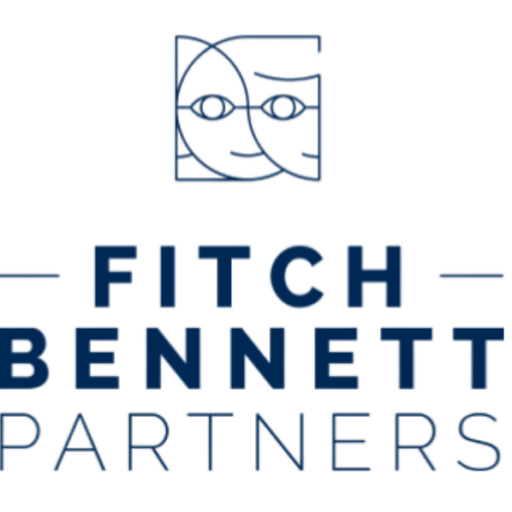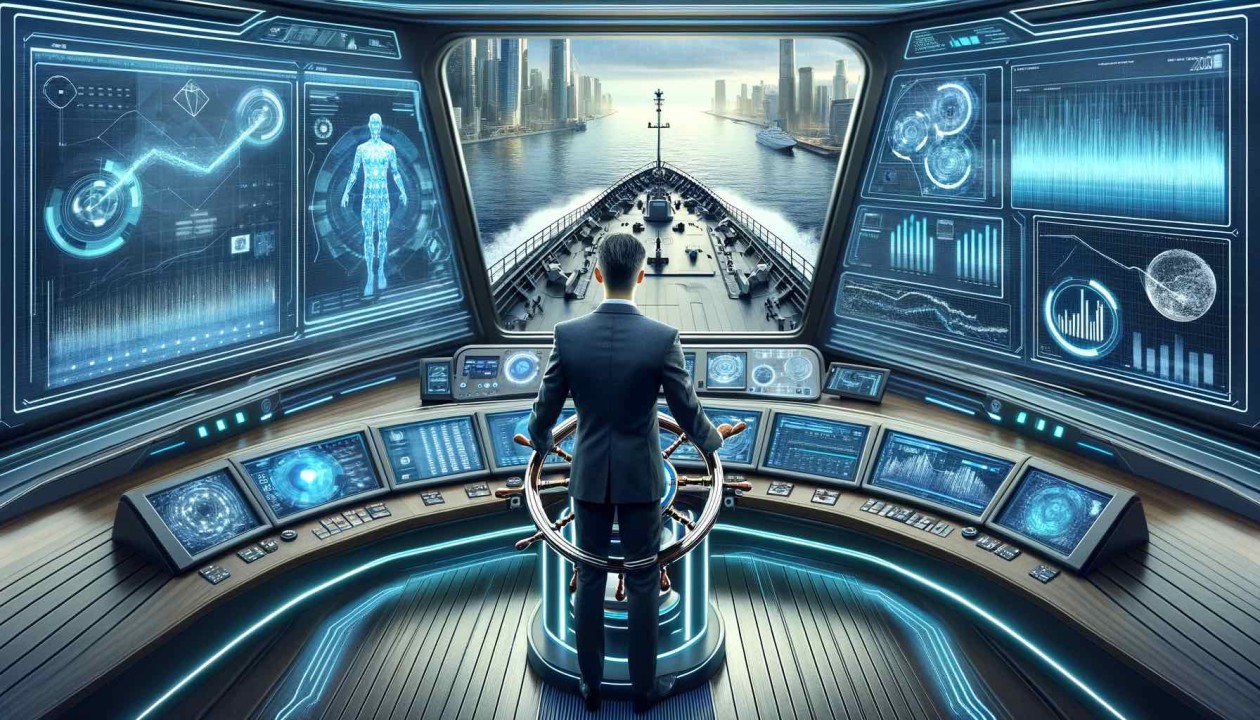As we move towards 2030, the impact of Artificial Intelligence (AI) on the Purchasing function is also proving to be a revolution, rather than just an evolution. The Chief Procurement Officer of tomorrow will not only need to master this technology but also leverage it daily to radically transform traditional purchasing methods. Here is a forward-looking vision of the ideal Chief Procurement Officer profile in the age of AI, fully integrating its disruptive potential.
1. Expertise in Artificial Intelligence and Automation
At the heart of the purchasing transformation, AI enables the analysis of massive volumes of data to identify trends, optimize costs, and predict purchasing and supply needs with unparalleled accuracy. The Chief Procurement Officer of 2030 will need to have a deep understanding of AI capabilities to integrate automation tools into purchasing processes and be able to lead technological innovation projects.
Among the sought-after profiles in the Purchasing Function in recent years, regardless of the level of responsibility, the ability to manage change is a prerequisite. This is especially true for leading or participating in the deployment of an e-Procurement tool (such as Coupa or Ivalua, depending on the company) or projects aimed at optimizing the P2P (“Procure to Pay”) process.
2. Strategic Vision Enhanced by AI
The strategic use of AI to support decision-making is becoming a key element. The Chief Procurement Officer will use AI for predictive and prescriptive analyses to better anticipate market fluctuations, supply chain risks, and innovation opportunities. This strategic vision, supported by precise and real-time updated data, will enable more effective navigation in a volatile economic and commercial environment.
Recent Purchasing profiles have been required to demonstrate a proven ability to ensure reliable “Demand Planning,” i.e., converting sales forecasts from commercial teams into production needs forecasts and then into procurement forecasts, in collaboration with Commercial, Industrial, Customer Service, and Finance departments.
3. Sustainability and Ethics in the Age of AI
Incorporating sustainability and ethical criteria into AI algorithms used for purchasing will be crucial. The Chief Procurement Officer must ensure that AI is used responsibly, ensuring that purchasing practices promote environmental sustainability and uphold social standards throughout the purchasing and supply chain.
Companies now demand buyers who can conduct ongoing technological monitoring to identify tomorrow’s products and services. But now, they also want buyers who incorporate environmental respect into this monitoring. This means systematically considering decarbonization in product choices and supplier sourcing, ensuring that suppliers are not too geographically distant to reduce transportation and, therefore, the carbon footprint. Similarly, the sourcing and selection of suppliers must take into account their values.
4. Adaptability and Continuous Learning
The rapid pace of technological evolution demands constant adaptability and a commitment to continuous learning. The Chief Procurement Officer will need to stay at the forefront of developments in AI and purchasing technology and ensure that their team possesses the necessary skills to leverage these advanced tools.
“Reverse Mentoring” can be adapted and expanded: this collaborative learning approach involves asking juniors to train experienced professionals in new digital practices, while the latter pass on their extensive knowledge and expertise to the former.
5. Leadership in Digital Transformation
The role of the Chief Procurement Officer will expand to include leadership in digital transformation within the company. This involves working closely with IT teams, data science, master data management, and business analysis teams, as well as other departments, to integrate AI into the overall purchasing strategy and beyond, fostering a culture of innovation and agility.
The growing variety of cyber risks will require buyers to strengthen cybersecurity services and maintain BCPs (Business Continuity Plans) and DRPs (Disaster Recovery Plans).
6. Extended Collaboration and Collective Intelligence
AI paves the way for extended collaboration, not only within the company but also with suppliers and partners. The Chief Procurement Officer of 2030 will need to harness collective intelligence, combining human insights with AI’s analytical capabilities to optimize supplier relationships and co-create value.
The previously mentioned e-Procurement software allows the company to connect with its suppliers, optimizing collaboration by making it instant, reliable, and automated.
Conclusion
By fully incorporating the transformative impact of AI, the Chief Procurement Officer of 2030 will be at the forefront of the digital revolution in procurement. This leader will not only be an expert in purchasing technologies but also a visionary strategist, a champion of ethical sustainability, and an innovation pioneer, ready to tackle the challenges and seize the opportunities of the next decade.
Richard Lacroix




